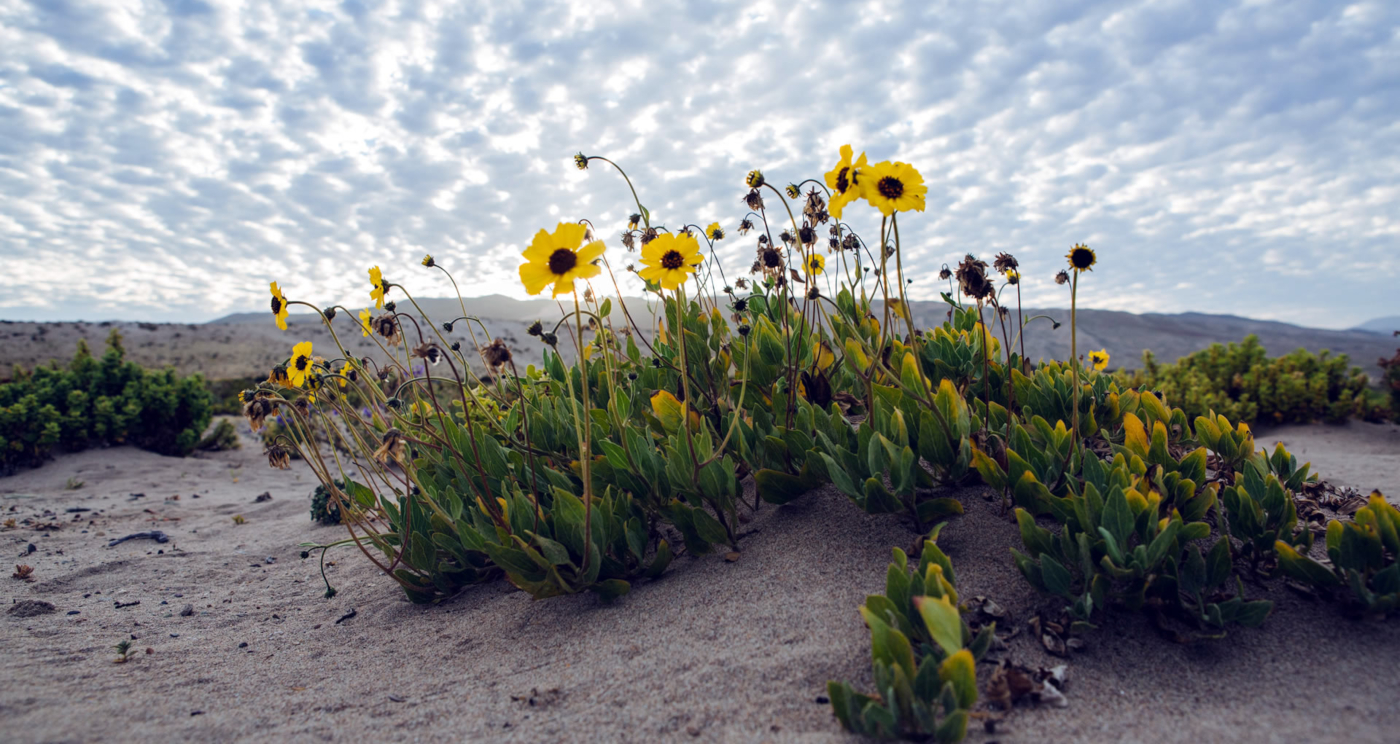Ecotourism in Chile: An experience for nature fans
By: Chile Travel - 28 November, 2024

Did you know Chile is one of the main ecotourism destinations in the world? Our country has a strong commitment to sustainability, which can be seen in the protection of ecosystems, the promotion of responsible practices and conscious tourism with nature.
From the Atacama Desert to the Patagonia, the diversity of Chilean native species is impressive. It’s one of the richest countries in terms of flora worldwide. It has around 7,000 native species, out of a total of 298,000 in the world.
In terms of fauna, it also has high endemism, with 63 amphibious species, 590 birds, 167 mammals and at least 1120 autochthonous fish. In addition, there is enormous diversity: from the llamas and alpacas in the north to the whales on the coast. Moreover, it’s the country with the highest number of different species of penguins!
Do you want to visit Chile but don’t know where to start? We will give you a few recommendations here.
The miraculous Atacama Desert

Photo: Sernatur
Stretching over 105,000 km2 is the impressive Atacama Desert, the dryest in the world. Nature here is a true example of resilience, developing unique forms to adapt to the low humidity.
The animals in the area drink water from the wetlands, salt flats and lagoons. That’s the situation for the South American camelids. Llamas, alpacas, guanacos and vicuñas are used to height and to living under extreme conditions.

Photo: Sernatur
Flora also adapts to the lack of water, with cacti variations that can reach seven meters in height.
And on occasions, the impressive phenomenon of the Bloom Desert happens here. Because of the “El Niño Southern Oscillation” and the Humboldt current, rain falls in the Atacama Desert every few years, giving life to about 200 species of flowers.

Photo: Sernatur
White huilles, yellow añañucas and guanaco paws are part of this flower carpet, which can be seen between July and November depending on the rain. It can be seen near the locations of Huasco, Vallenar, Copiapó, Caldera and La Serena.
Central zone flora and fauna
Thanks to the Mediterranean weather and its fertile soils, the central part of Chile is the biggest contributor to the agriculture industry, especially in fruit harvesting. Cherries are grown here, a real exportation delicacy, while the best wines in the world are being produced.
One of the most important treasures in this destination is the Chilean palm, which breaks many records for being the most southern and long-lived palm on the planet. It blooms at 60 years old, and it can live for up to a thousand years!

Photo: Sernatur
This endemic specie is found in a small area of central Chile, especially in the La Campana National Park, located 60 km from Valparaíso.
In terms of fauna, there is an immense variety of shorebirds along the coast line, while towards the mountains there are species like the monito del monte or the condor, part of the coat of arms.
The impressive nature of the south of Chile
In the south of Chile, one of the last temperate rainforests in the world is preserved, with millenary species like the alerce. Also known as lahúan (grandparent), it’s the highest native tree in south America and the second most long-lived specie in the world. In fact, in the Alerce Costero National Park you can find the Gran Abuelo, the oldest tree in the world.

Photo: Sernatur
The Araucaria also prevails in the south of Chile, a sacred Mapuche tree that was declared a Natural Monument. You can find it in national parks such as the Conguillío, the Tolhuaca, or the Laguna del Laja.
Another important specie is the copihue, the national Chilean flower. According to the ancestral tales, its name is attributed to the blood of a heroic and indigenous princess who was in love.

Photo: @copihues_chile
You can’t stop visiting the selva valdiviana (Valdivian Temperate Forest) either, one of the first existing forests on Earth. Out of the total occupation of this ecological region in the world, one third is in the south of Chile.
The Pumalín National ParkIs one of the most important Nature Sanctuaries in the south of the country, donated by the American Douglas Tompkins, a businessman and committed conservationist to the preservation of biodiversity. This true nature sanctuary is ideal to do ecotourism in Chile.
And further to the southernmost corner of the world you can find the Torres del Paine National Park. Known as the eighth wonder of the world, it is one of the most important biosphere reserves in the world and one of the most popular destinations for nature lovers.

Photo: Sernatur
Visit the national Parks and reserves in Chile
More than 20% of the territory is a national park or reserve in Chile. They’re areas that reflect the commitment of the country with the conservation of biodiversity, contributing to the protection of our ecosystems.
For example, a large part of the territory of Rapa Nui is even part of a national park. Famous for its imponent moai statues, this island offers a unique biodiversity and impressive landscapes, with white-sand beaches and shuddering volcanic craters.
 Photo: Sernatur
Photo: Sernatur
You can check out availability and prices of national parks and reserves in Chile at pasesparques.cl. Keep in mind that some of them require the purchase of the ticket 24 hours in advance.
Come now and see the beauty of Chile!


















